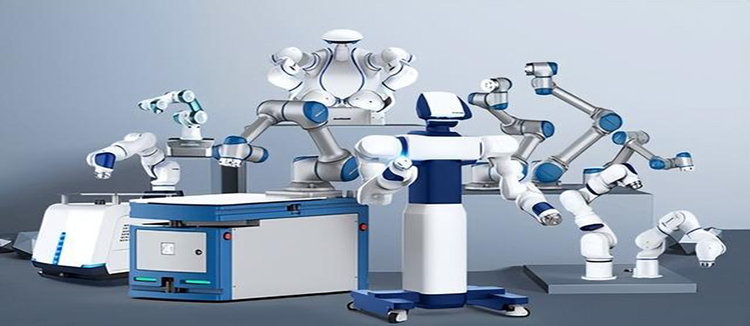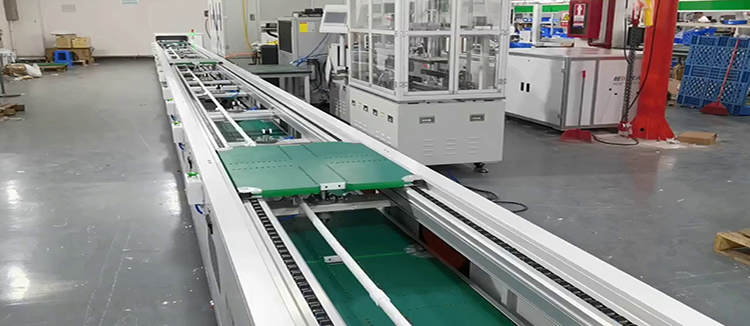The Comprehensive Guide to Understanding Screw Guide Rails: Applications, Benefits, and Maintenance
When it comes to precision machinery and automation systems, one of the critical components that ensure smooth and efficient operation is the screw guide rail. This article delves into the world of screw guide rails, exploring their applications, benefits, and maintenance to provide a comprehensive understanding of these essential mechanical elements.

What is a Screw Guide Rail?
A screw guide rail, often simply referred to as a guide rail, is a linear motion component that is used in various industrial applications to guide and support linear motion systems. It is designed to provide a smooth, precise, and stable path for linear motion components such as ball screws, linear rails, and other mechanical elements. The guide rail system is crucial for maintaining the accuracy and repeatability of movements in machines and systems that require high precision.
Applications of Screw Guide Rails

Screw guide rails are widely used in a variety of industries due to their ability to provide reliable and precise linear motion. Some of the common applications include:
- Automotive manufacturing, where they are used in assembly lines for precise positioning of components.
- Machine tools, where they guide the movement of cutting tools for high-precision machining.
- Medical equipment, such as in linear actuators for precise positioning in surgical robots.
- Aerospace industry, for the assembly and testing of aircraft components.
- Industrial automation, where they are integral to the operation of robotic arms and other automated systems.

Benefits of Using Screw Guide Rails
The benefits of using screw guide rails in industrial applications are numerous and include:
- Increased Precision: Guide rails provide a stable and accurate path for linear motion, reducing errors and improving the overall precision of the system.
- Enhanced Durability: High-quality guide rails are designed to withstand heavy loads and harsh conditions, ensuring long-lasting performance.
- Reduced Friction: By providing a smooth path for linear motion components, guide rails reduce friction, which in turn reduces wear and tear and increases the efficiency of the system.
- Easier Maintenance: Many guide rail systems are designed for easy maintenance, allowing for quick repairs and adjustments when needed.
- Cost-Effective: While the initial investment in guide rails may be higher, the long-term benefits in terms of reduced maintenance and increased efficiency often outweigh the initial costs.
Maintenance of Screw Guide Rails
Proper maintenance is key to ensuring the longevity and performance of screw guide rails. Here are some maintenance tips:
- Regular Inspections: Regularly inspect the guide rails for any signs of wear, damage, or debris that could affect performance.
- Lubrication: Keep the guide rails properly lubricated to reduce friction and prevent wear. The type and frequency of lubrication will depend on the specific application and environmental conditions.
- Alignment Checks: Ensure that the guide rails are correctly aligned with the linear motion components to maintain precision and prevent damage.
- Replacement Parts: Keep spare parts on hand for quick replacements in case of damage or wear.
Conclusion
The screw guide rail is a vital component in many industrial applications, providing the necessary precision and stability for linear motion systems. By understanding the applications, benefits, and maintenance requirements of screw guide rails, industries can ensure the optimal performance and longevity of their machinery and systems.










